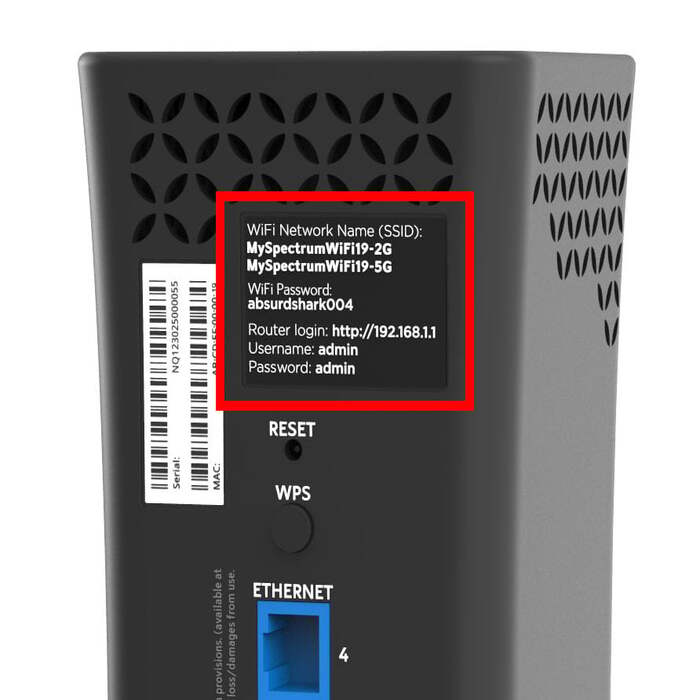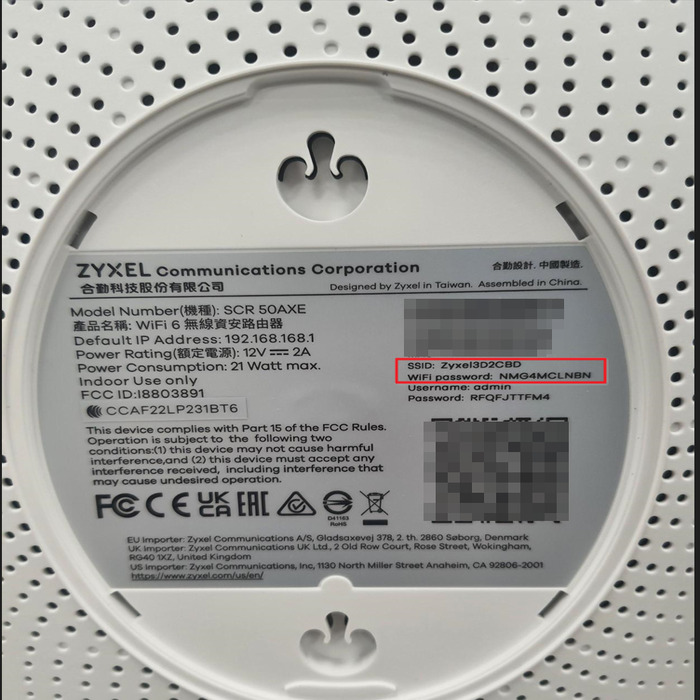When it comes to wireless networks, the Service Set Identifier, or SSID, holds significant importance. An SSID serves as the name for a wireless network. This name distinguishes one network from another. When users look for available Wi-Fi connections, the SSID is what they see. Every router creates a default SSID when it’s set up. However, users have the option to change it later. This capability can enhance security and personalization. In this article, we will delve deeper into the significance of SSID names, how to manage them, and the implications of personalizing them.
The Importance of SSID Naming
Naming your SSID on router might seem trivial, but it carries substantial weight. First, it serves as a means of identification. When you and your guests want to connect to Wi-Fi, you look for this specific name. Thus, a clear and recognizable SSID is beneficial. For instance, it’s easier to find “John’s Home Wi-Fi” than “Router1234.”
Enhancing User Experience
Additionally, a user-friendly name can improve the experience of your visitors. They can see your network easily and remember it after the first connection. Therefore, a memorable SSID can encourage frequent visits without repeated confusion. Moreover, a well-chosen SSID can set a welcoming tone. This small gesture can leave a positive impression on guests.
Avoiding Confusion
Furthermore, avoiding generic names reduces potential confusion. Many routers use default names that can overlap with neighboring networks. For instance, “Linksys” or “Netgear” might be common in various neighborhoods. Consequently, having a unique name allows for easy differentiation.

How to Change Your SSID on Router
Changing your SSID is a straightforward process. Typically, it requires access to the router’s settings page. This is accessible through a web browser. First, ensure you are connected to the network. Then, enter the router’s IP address into the browser. Common addresses are 192.168.0.1 or 192.168.1.1.
Accessing the Router Settings
When you enter the router’s IP address, you’ll reach a login screen. Here, you type in your username and password. These login credentials can often be found on the router itself or in its user manual. However, if you haven’t changed these credentials, they may still be set to defaults. After logging in, look for “Wireless Settings” or “Wi-Fi Settings.”
Modifying the SSID
Inside the wireless settings, you will see an option to change the SSID. You can erase the existing name and type in a new one. Choose an SSID on router that reflects your personality or the purpose of the network. Once you have made the change, be sure to save your settings. This ensures that the new SSID will take effect.
Security Implications of SSID Management
While the SSID allows for easy identification, it also has security implications. A poorly chosen SSID may compromise your network’s safety. For example, names that reveal personal information can attract unwanted attention. An SSID like “Smith Family Wi-Fi” can indicate a target to attackers.
Hiding Your SSID
Many routers offer an option to hide the SSID. When this feature is activated, users won’t see your network listed in available connections. Although this adds a layer of discretion, it is not a foolproof security measure. Advanced users can still detect hidden networks. Thus, hiding your SSID on router should be combined with other security measures, like strong passwords.
Using Strong Passwords
Another essential aspect of securing your network is the password. Even a well-chosen SSID cannot replace the need for a strong password. Be sure to use a combination of letters, numbers, and special characters. This practice can significantly reduce the chances of unauthorized access. Additionally, regularly changing passwords adds further protection.

The Impact of SSID on Network Performance
Interestingly, the SSID can also affect network performance. A complex or unnecessarily long SSID might impact how devices connect. Devices prioritize connecting to networks with short, easy-to-parse names. Moreover, changing your SSID frequently could momentarily disrupt connections.
Short and Concise SSID
For optimal network performance, it’s advisable to keep the SSID short. The ideal length is typically under 20 characters. This allows devices to easily recognize and establish a connection without delays. Additionally, avoid special characters, as some devices may misinterpret them.
Frequency of Changes
Another factor to consider is how often you change your SSID. Frequent changes can confuse devices that are already connected. Therefore, updates to your SSID should be made sparingly. This ensures that devices do not lose their connection. Additionally, consider informing any regular users about changes beforehand.
Best Practices for SSID Configuration
To maximize the effectiveness of your network, it’s essential to adopt best practices for SSID configuration. These practices encompass everything from selection to security measures. Frequency of updates also plays a part in this process.
Clear Communication with Users
First, providing clear communication to users is paramount. Make sure your family and guests know the correct SSID. This can prevent confusion and facilitate smooth connectivity. Moreover, displaying the SSID where guests can easily find it is a helpful tip.
Keeping Security Measures Updated
Furthermore, regularly review and refine your security measures. Keep your firmware updated to address vulnerabilities. Regular updates prevent potential exploits that could compromise your network. This consistent vigilance will enhance both performance and security.
The Role of SSID in Home Automation
As technology advances, the role of SSID extends beyond simple connectivity. Smart home devices increasingly rely on Wi-Fi networks for functionality. Therefore, a well-managed SSID is crucial for these devices.
Ensuring Device Compatibility
When integrating smart devices, a suitable SSID can ensure compatibility. Many smart home devices require a stable connection to function effectively. Thus, choosing an appropriate SSID helps maintain a consistent connection. Moreover, managing device access becomes easier with a unique SSID.
Isolating Smart Devices
You can also create a separate SSID for smart devices. This isolates them from other traffic on your network. By doing so, you enhance both security and performance. Guests connecting to your main network won’t have access to smart devices.

Managing Multiple SSIDs
In some cases, users may wish to manage multiple SSIDs. Some routers support this function, allowing different networks for various purposes. This is especially helpful in multi-user households.
Creating Guest Networks
One common use for multiple SSIDs is to create guest networks. These guest networks allow visitors to access the internet without exposing your main network. This offers a level of security, as guests cannot see or interact with other devices on your network.
Customizing User Access
Additionally, multiple SSIDs allow for customizing user access. For instance, you may want certain devices to have priority access to bandwidth. You can configure your router to prioritize traffic from specific SSIDs. This ensures that your work devices or gaming consoles perform optimally.
Common Misconceptions About SSIDs
Many users hold misconceptions about the significance of SSIDs. These misunderstandings can lead to confusion and improper usage. Therefore, clarifying these points is vital.
SSID and Internet Speed
One common myth is that SSID choices affect internet speed. In reality, the SSID is simply a network name. It does not influence the speed or performance of your internet connection. Factors like your plan and network congestion play a more significant role.
Security Misunderstandings
Another misconception is that having a hidden SSID inherently secures your network. While hiding an SSID can deter casual users, it doesn’t stop determined hackers. Therefore, it’s essential to combine this tactic with comprehensive security measures.
Conclusion
In conclusion, understanding the significance of an SSID is crucial for effective network management. From enhancing user experience to ensuring security, every aspect of SSID management matters. Proper configuration allows for optimized user experience and better security. By following best practices, you can safeguard your home network effectively. Not only does a well-managed SSID make connectivity convenient, but it also mitigates risks associated with unauthorized access. The world of Wi-Fi networks continues to evolve, making SSID knowledge increasingly important. Ultimately, take control of your Wi-Fi experience today.

Leave a Reply